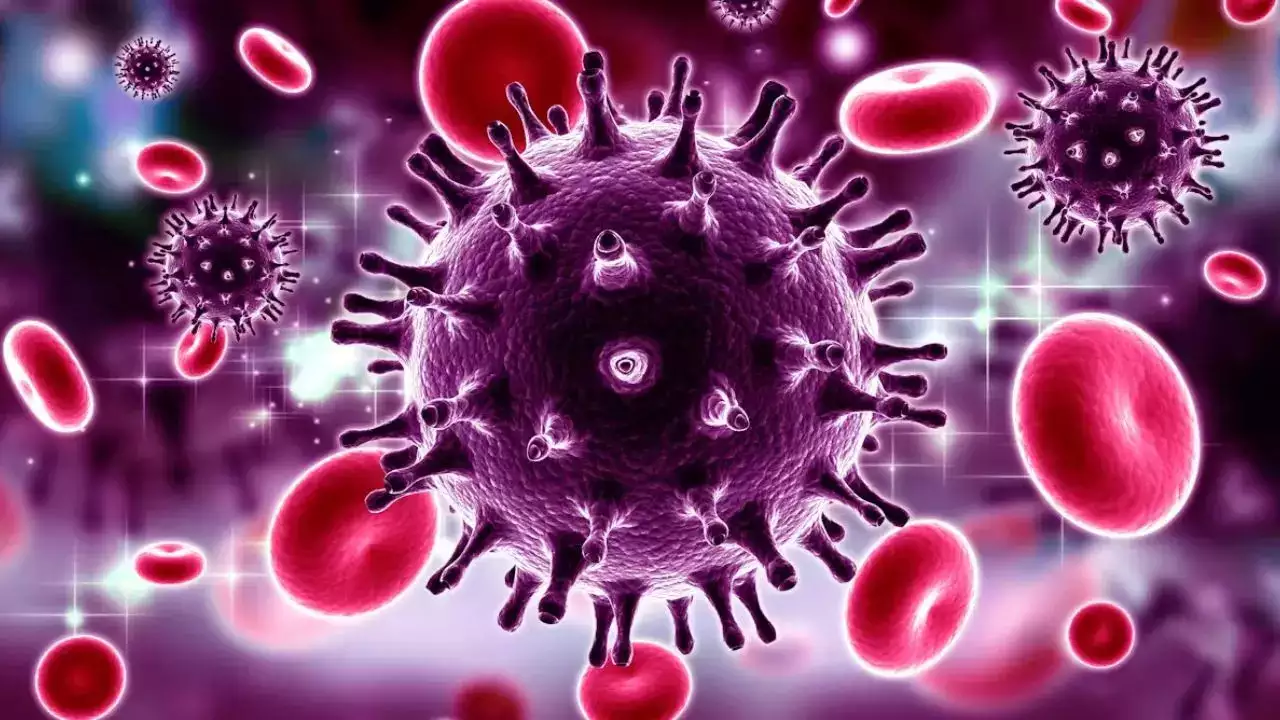Times Now Digital • 02 Dec 2024
From Fear To Hope: Reflecting On Over Three Decades Of The Fight Against HIV/AIDS

Approximately 39.9 million people are living with HIV globally
As we observe World AIDS Day 2024, we find ourselves reflecting on three decades of progress, challenges, and the unwavering commitment required to combat HIV/AIDS. This year marks a significant corner—36 years since the establishment of global initiatives aimed at eradicating the stigma and spread of this virus. The theme for this year's observance, "Take the rights path: My health, my right!" underscores the imperative to ensure equitable access to prevention, treatment, and care.
From the early days of the epidemic, when fear and misinformation were rampant, to today’s more informed society, we have witnessed remarkable advancements in understanding HIV. Approximately 39.9 million people are living with HIV globally, and significant strides have been made in reducing new infections and mortality rates. In 2023 alone, 1.3 million people acquired HIV—a stark contrast to the 2.1 million new infections reported in 2010, reflecting a reduction of nearly 39% over the past decade. Antiretroviral therapy (ART) has transformed HIV from a fatal diagnosis into a manageable chronic condition, with 77% of people living with HIV receiving ART last year. This progress underscores our collective commitment to the ambitious UNAIDS 95-95-95 targets , aiming to ensure that most individuals with HIV know their status, receive sustained ART, and achieve viral suppression.
Despite these advances, stigma remains one of the most persistent barriers. Fear of discrimination often deters individuals from seeking testing or treatment. This stigma not only affects individuals but also hampers public health efforts, perpetuating cycles of silence and misinformation. Tackling this requires prioritizing education and awareness campaigns that foster empathy and understanding. Communities must be empowered to support each other, dismantle harmful stereotypes, and create environments where individuals feel safe to seek help.
Advocacy and community engagement have been pivotal in this journey. The tireless efforts of activists and grassroots organisations have shifted public perceptions and reduced stigma. Programs that involve at-risk populations in advocacy efforts have proven especially effective in reshaping societal norms and enhancing awareness about prevention and treatment options. Collective action isn't just about policy changes or funding; it needs to include the voices of people affected by HIV. Their experiences help keep our efforts realistic and effective.
Yet challenges persist. In 2023, an estimated 6,30,000 people died from HIV-related causes globally, highlighting the urgent need for continued investment in healthcare infrastructure, particularly in low- and middle-income countries. Structural barriers such as poverty, limited education, and inadequate healthcare disproportionately impact marginalized communities. Addressing these inequities is vital to sustaining progress. Initiatives like the President's Emergency Plan for AIDS Relief (PEPFAR) have made strides in addressing these gaps, focusing on populations often overlooked in broader public health efforts.
Strengthening the fight against HIV/AIDS requires a dual focus on fostering partnerships and leveraging digital innovation. Digital technology has the power to transform healthcare delivery by creating safe, stigma-free spaces where individuals can connect with health professionals without fear or judgment. Tools like telemedicine, online counseling, and digital health platforms not only improve access to care but also build trust and confidentiality, encouraging more people to seek timely testing and treatment.
A notable initiative in the past involved organising free health check-up camps for vulnerable groups, such as truck drivers, in observance of World AIDS Day. This targeted intervention successfully reached a population that is often overlooked in mainstream HIV prevention efforts. The collaboration between non-governmental organisations, private entities, and government agencies highlights the power of partnerships in addressing HIV risks. Expanding such initiatives could be key to reaching marginalised communities—including truck drivers, migrant workers, and sex workers—who are at greater risk of HIV transmission. This model of cooperation should serve as a blueprint for future efforts aimed at tackling the HIV/AIDS epidemic.
On this World AIDS Day, let us honor those who have lost their lives to this epidemic by committing to a future free from HIV/AIDS. Together—governments, communities, healthcare providers—we can achieve a world where everyone has access to preventive measures, treatment options, and the support systems they need to live healthy lives. At this crucial moment, let us reaffirm our resolve and compassion, working across sectors and disciplines to create a future where HIV/AIDS is no longer a public health challenge but a testament to human resilience and unity.
(Contributed by: Nilaya Varma, Co-Founder and CEO, Primus Partners and Manoj Kumar, Vice President, Primus Partners)
Get Latest News Live on Times Now along with Breaking News and Top Headlines from Health, Health and around the world.